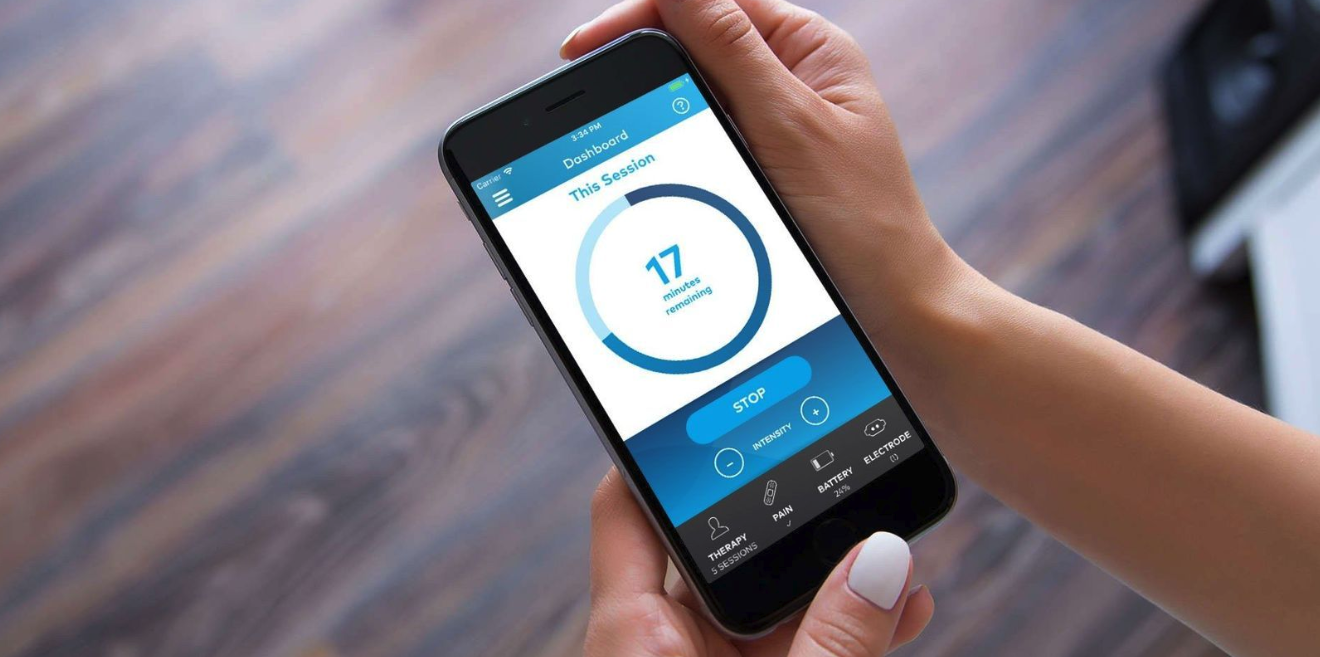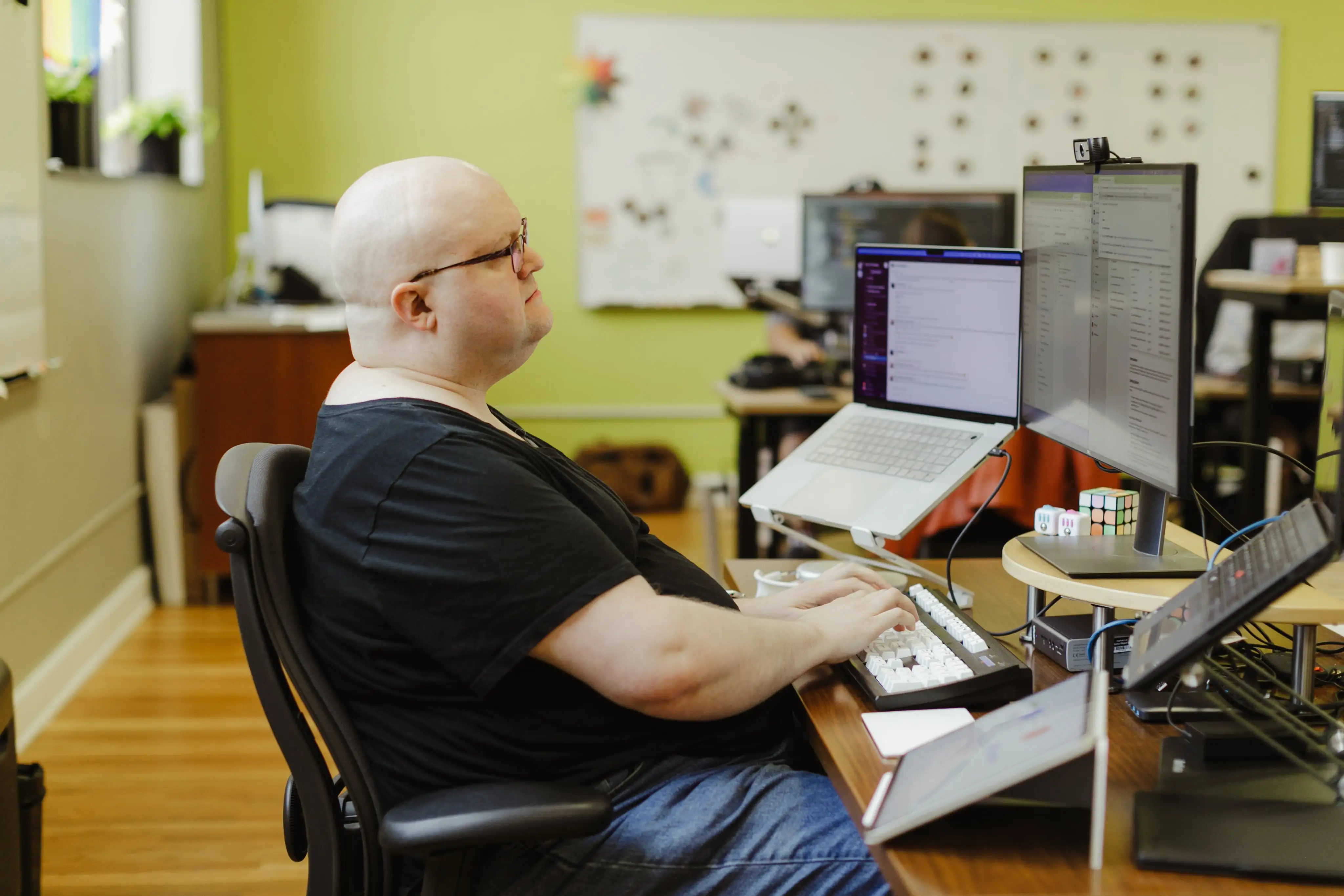What Sets Us Apart
In 20+ years of helping clients like you, we’ve built a brand promise other firms don’t match: a great product and a great client experience at a great value.
Here is the set of choices we’ve made—that other firms won’t:
Full Product Team
Unlike specialized service providers that only offer design or development, we help you focus on the bigger picture. Atomic provides and coordinates the multidisciplinary skillsets you need to ship a great product.
Advanced Tools & Practices
Every team member uses AI to move faster and build smarter. We invest hundreds of thousands of dollars each year in tools, training, and knowledge management so our clients can benefit from the latest software development innovations.
100% U.S.-based Talent
Atomic only hires in our four U.S. regions, and we don’t offshore your project team. We find the best credentialed and experienced professionals. We have industry-leading retention and tenure rates.
Co-located Collaboration
Our teams work side by side in the same regional offices. Easy collaboration accrues massive value and speed to your project compared to remote teams that suffer from low cohesion and strained communication.
That’s why our clients rank us as the highest-rated custom software consultancy on Earth— out of more than 200,000 firms on the review site Clutch.co.


























